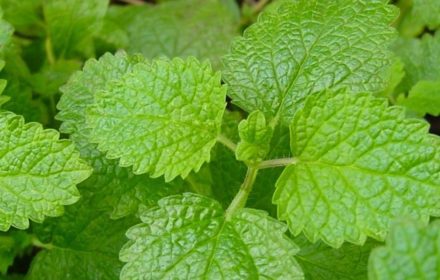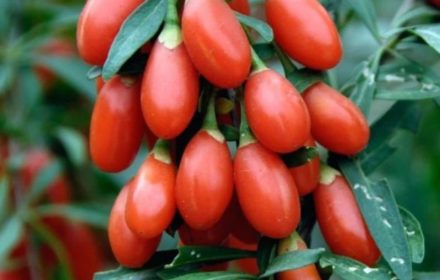How to Sow Mixed Zinnia Peppermint Stick Seeds
Mixed Zinnia Peppermint Stick seeds offer a burst of vibrant and playful colours in your garden. These charming flowers showcase unique peppermint-like patterns on their petals, creating a striking and whimsical visual display
How to Grow Mixed Zinnia Peppermint Stick from Seed
- Soil Preparation: Prepare the soil by ensuring it’s well-drained and enriched with organic matter. This creates an optimal foundation for the seeds to grow. Choose a location that receives plenty of sunlight to encourage healthy growth and vibrant blossoms
- Seed Sowing Advice: Sow the seeds under cover about 4-6 weeks before the last frost. Use good-quality seed compost for optimal results. Plant the seeds thinly, then lightly cover them with soil. Ensure the soil remains consistently moist to provide the necessary conditions for germination
- Germination and Temperature: Maintain a temperature of around 70°F (21°C) during the germination period. Within 5-10 days, you should begin to see the delightful sight of germinating seedlings, signalling the start of your journey
- Seed Spacing: Alternatively, the seeds can be sown directly outdoors in well-drained soil during early summer. However, be prepared to protect the seedlings from pests and provide them with warmth until they establish themselves
- Thinning: As the seedlings grow large enough to handle, consider thinning them and transplanting them to trays. This will allow each plant sufficient space for healthy development. Under cooler conditions, the young plants will grow stronger
How to Care for Mixed Zinnia Peppermint Stick Seeds
- Maintenance: Encourage bushier growth by periodically pinching back the tips of young plants. Monthly feeding with a balanced fertilizer can provide the nutrients necessary for lush foliage and vibrant blossoms. Regularly removing faded flowers can extend the flowering period and promote new growth
- Maturity: As the mixed Zinnias mature, you’ll be rewarded with a captivating array of colourful blossoms. These unique and whimsical flowers will bring a touch of enchantment to your garden, creating a joyful and vibrant ambience
- Common Pests and Diseases: Keep an eye out for potential pests, such as aphids or caterpillars. Address these issues with natural pest control methods like introducing beneficial insects or using insecticidal soap. To prevent powdery mildew, ensure good air circulation and avoid overhead watering. If mildew appears, consider applying fungicides as needed



















